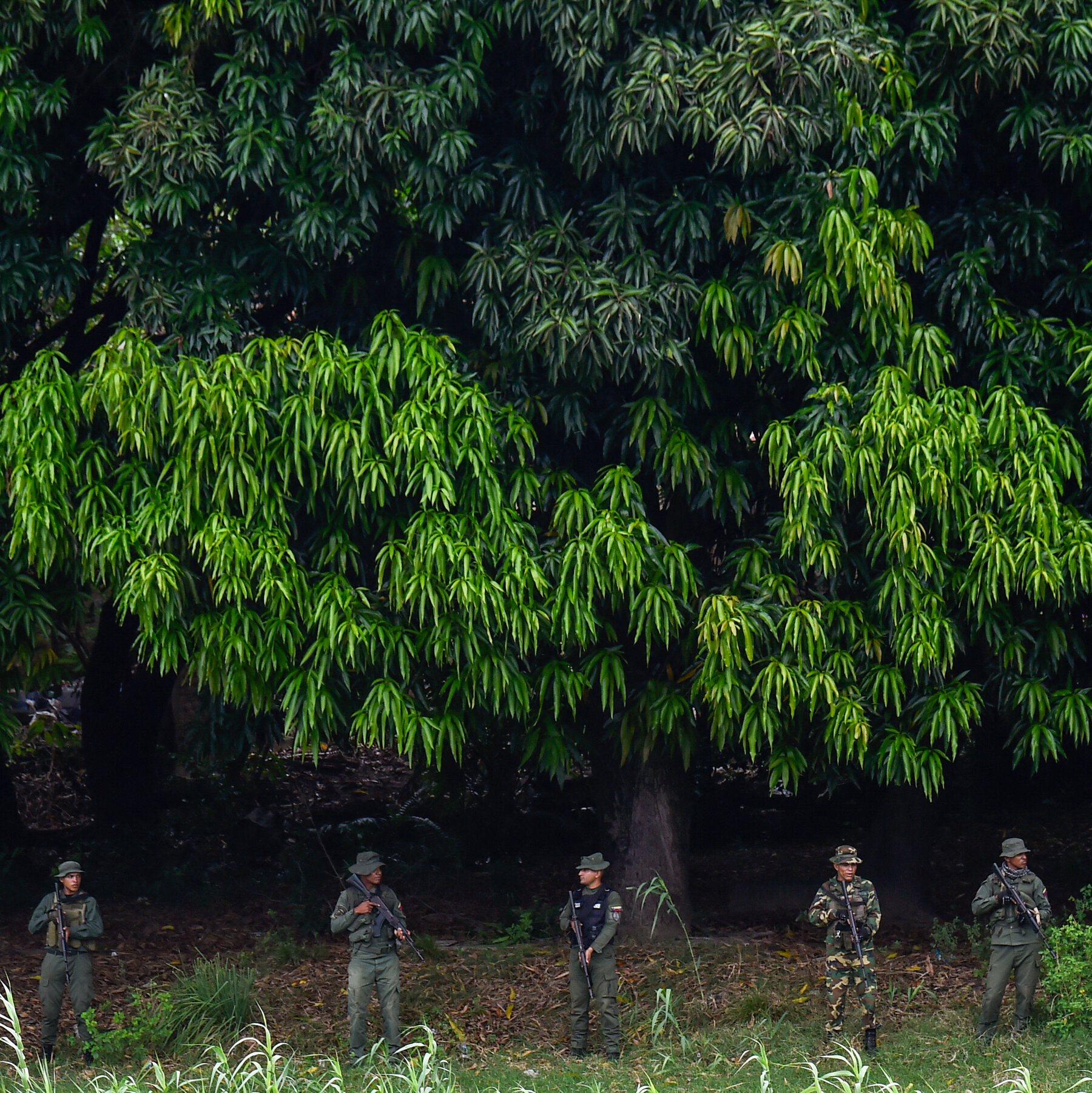E.P.A. Proposes Sweeping Rollback of Wetland Protections
Potential loss of federal safeguards could affect water supplies across the nation
The Environmental Protection Agency has unveiled a draft rule that would dramatically narrow the definition of protected wetlands. Under the proposal, the majority of the United States’ wetlands could lose the federal safeguards that currently restrict development, pollution, and drainage.
Key changes include:
• Limiting protection to only those wetlands that demonstrate a direct connection to navigable waters.
• Excluding many shallow, seasonal, and isolated water bodies that serve as critical habitats for wildlife.
• Allowing states and private landowners greater leeway to fill, dredge, or convert these areas without obtaining a federal permit.
The move has raised alarm among environmental groups, who warn that wetlands act as natural filters for drinking‑water sources, flood buffers, and essential breeding grounds for countless species. Removing protections could degrade water quality, increase flood risks, and accelerate habitat loss.
Officials argue the revision is intended to “streamline permitting” and reduce regulatory burdens on agriculture, infrastructure projects, and energy development. They claim the new rule aligns with a more precise scientific understanding of which wetlands truly impact downstream waters.
Public comment on the proposal is open until December 15, and the agency has pledged to consider feedback before finalizing the rule. Meanwhile, states, tribes, and conservation organizations are preparing legal challenges, citing concerns that the changes would violate the Clean Water Act’s mandate to protect the nation’s water resources.





